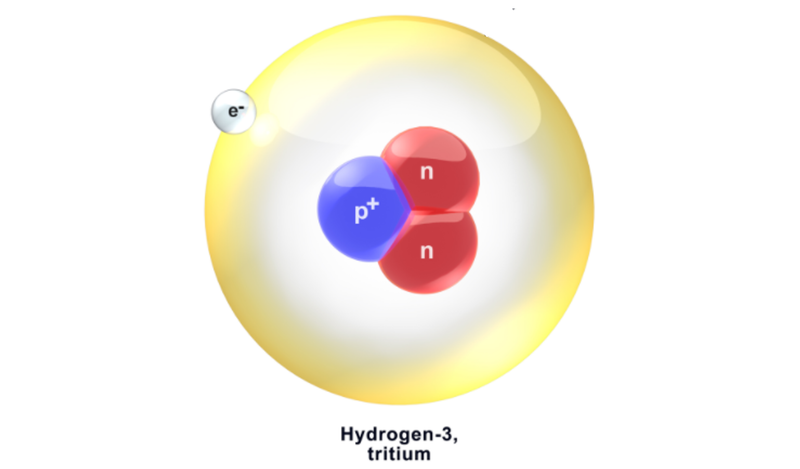Electricity Technologies #Challenges
Reactor Costs, Fusion compared to Fission
The cost of fusion, relative to other electricity sources, will be the primary decider for commercial power. Estimates are presented, concluding that fusion is likely to cost 10 times more than fission.
Radioactive Waste
The neutrons from fusion reactions make certain materials radioactive via neutron activation. This will produce large volumes of radioactive waste which must be managed for hundreds or even thousands of years.
Materials and Radiation Damage
The materials in a reactor must survive damage from the enormous flux of neutrons emitted from the fusion reactions. This problem is as yet unsolved and with current materials reactor components will have to be replaced on a regular basis.
Safety of fusion compared to fission
Safety is often evoked to suggest that fusion is preferable to fission, but many risks exist for fusion reactors which are similar to those of fission reactors. A major risk for both, is loss of coolant followed by hydrogen explosions.
Lack of Tritium Fuel Supply
Tritium is scarce in nature and all tritium supplies come from CANDU fission reactors. In a few decades, these reactors may stop operations and the global supply of tritium could be close to zero before commercial fusion power plants are in operation.
Maintenance, Breakdowns and Availability
Because of the system complexity, the time a fusion power plant is fully operational to produce electricity could be low. The fusion reactor availability will be reduced by necessary scheduled maintenance as well as component breakdowns.
Pharaonic Size and Byzantine Complexity
The enormous physical size of the ITER tokamak, and the complexity of the associated systems required for operations, raise serious doubts that commercial reactors of even bigger scale could ever be viable.






